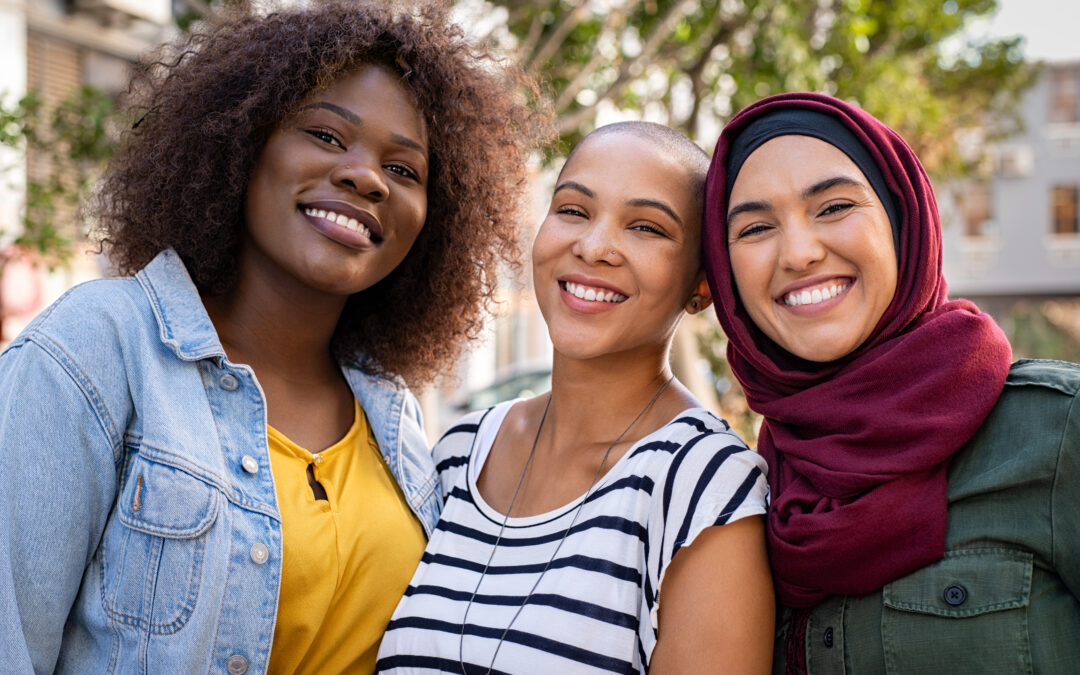Cultural appropriation is sometimes said to be ‘mis’-appropriation because it is the act of exploiting elements of a culture that are not one’s own. This can be controversial or offensive, especially when the aspects of a culture that are “borrowed” are not given proper credit, respect, or historical attention.
Cultural appropriation can be found in music, dance, costumes, decoration, language, cuisine, and even history.
Examples
“Authentic food” that is really an amalgamation or a chef’s “take” on food from a certain country. Tex-Mex is not “authentic” Mexican food; Chinese dishes such as chop suey and General Tso’s Chicken are Americanized dishes.
While using chopsticks as a hair accessory isn’t done as much as in the past, putting them in a hair bun is not a Chinese hairstyle. This is not a celebration of Asian culture because chopsticks are solely for eating food.
Henna tattoo shops or booths at fairs and festivals have become common in the United States. But Henna is more than simply a fashion trend. It holds cultural significance and symbolic meanings, especially among Muslim and Hindu brides. Many consider it culturally inappropriate to get henna tattoos if you are not Indian.
Be sensitive
Before adopting an element of someone else’s culture, ask the following questions:
- Am I aware of the current relationship between my culture and the culture of the trend?
- Am I being respectful of the culture I am adapting?
- Could what I am doing be misconstrued as offensive?
- Am I acknowledging the historical context of my culture and the culture of the trend?
Be respectful
Although you may appreciate the aesthetics of a culture other than your own, it is crucial to be respectful while doing so. Exploring diverse cultures is a great way to gain a better understanding of the world and the many different people who inhabit it, but it is better to focus on cultural appreciation instead of appropriation. Here are some respectful ways to celebrate the diversity of other cultures:
- Learn a new language.
- Visit a cultural center or museum.
- Attend a multicultural film festival.
- Read books by minority authors.
- Study history and geography.
- Learn a cultural craft or trade.
- Celebrate history and heritage months.
Source: SupportLinc EAP

